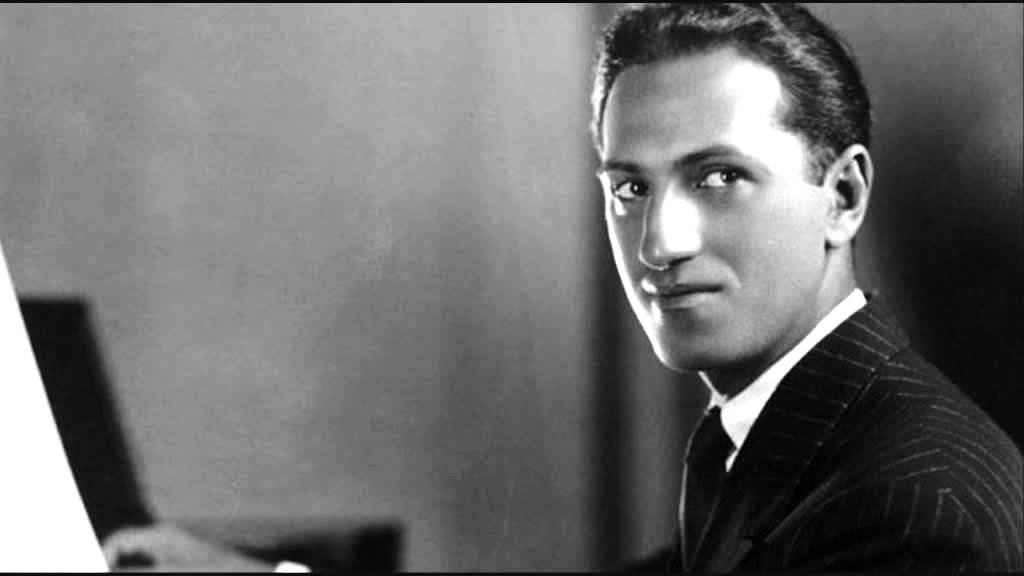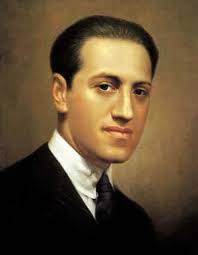George Gershwin was an American composer and pianist who left an indelible mark on the world of classical music. Known for his unique blend of classical and jazz influences, Gershwin’s innovative compositions transcended boundaries, captivating audiences with their infectious rhythms and vibrant melodies. In this biography, we delve into the life and musical journey of George Gershwin, a true pioneer of American classical music.
Early Life and Musical Beginnings:
George Gershwin was born on September 26, 1898, in Brooklyn, New York. From an early age, his innate musical talent was evident, and he began playing the piano at the tender age of seven. Though he showed immense promise, his formal music education was limited. However, Gershwin’s passion for music propelled him to explore various genres, from classical to jazz, in his pursuit of artistic expression.
Rise to Prominence:
In his early twenties, Gershwin began his career as a “song plugger,” playing and demonstrating sheet music for a publishing company. It was during this time that he composed his first major hit, “Swanee,” which catapulted him into the limelight. His popularity soared, and Gershwin’s remarkable talent as a composer soon earned him recognition in both the popular music scene and the world of classical music.
A Fusion of Styles:
One of Gershwin’s most notable contributions to classical music was his ability to seamlessly integrate jazz and popular music elements into his compositions. In works such as “Rhapsody in Blue” and the opera “Porgy and Bess,” he masterfully merged the syncopated rhythms and improvisational spirit of jazz with the grandeur and structure of classical music. Gershwin’s ability to bridge the gap between these genres created a fresh and vibrant sound that resonated with audiences around the world.
Iconic Compositions: Among Gershwin’s most celebrated works is “Rhapsody in Blue,” a groundbreaking composition that embodies the spirit of 1920s America. Its soaring melodies, virtuosic piano passages, and rich orchestration remain a hallmark of American classical music. Additionally, his opera “Porgy and Bess” tackled themes of racial inequality, depicting the lives of African Americans in the early 20th century. The opera’s timeless songs, including “Summertime” and “I Got Plenty o’ Nuttin’,” have become jazz standards, solidifying Gershwin’s legacy as a versatile composer.
Legacy and Influence:
George Gershwin’s impact on the world of classical music cannot be overstated. His ability to merge diverse musical styles not only captivated audiences but also influenced subsequent generations of composers. His music continues to be performed and revered by orchestras and artists worldwide. From his innovative compositions to his enduring melodies, Gershwin’s legacy serves as a testament to the power of musical innovation and the American spirit.
George Gershwin’s contributions to classical music remain unparalleled. Through his pioneering fusion of jazz and classical elements, he created a unique and unmistakable sound that transcended traditional boundaries. His compositions continue to inspire and captivate audiences, showcasing the enduring power of his music. George Gershwin, the jazz-infused maestro of American classical music, will forever be remembered as a true icon in the annals of music history.


Comments are closed